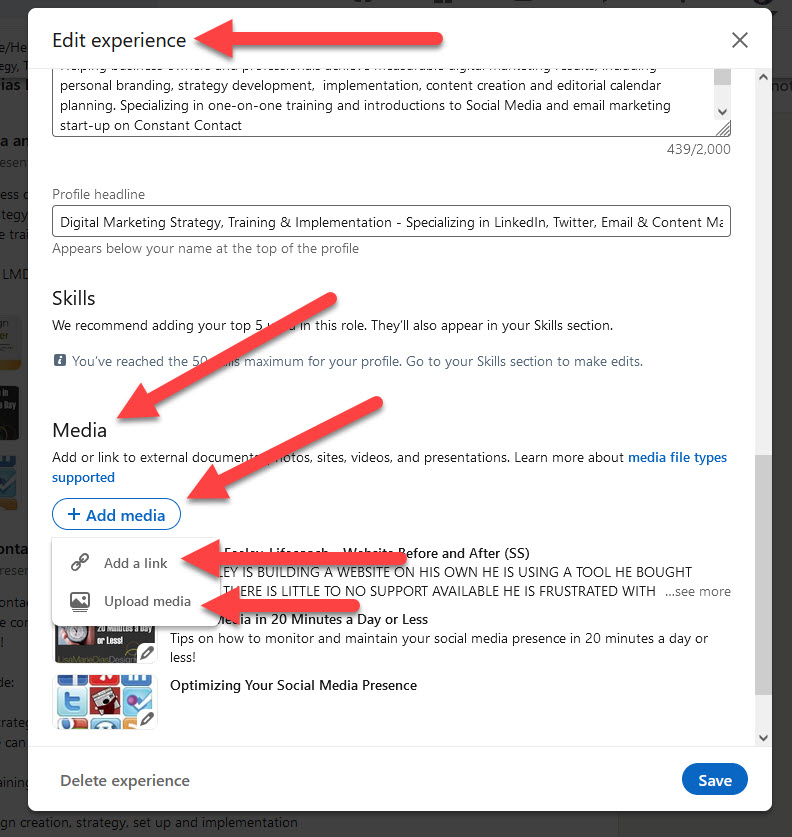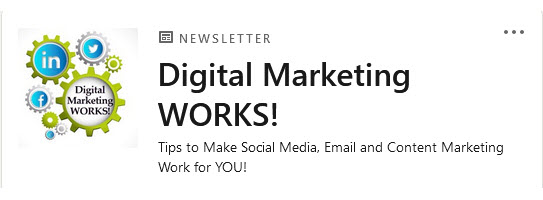
There are some important changes coming to email marketing. They may impact you as an email user, depending on which email service you use to receive email, and they will certainly impact your metrics if you do any email marketing.
In this post I will explain the important changes coming to email marketing and explain how/if they will impact you and your email marketing results.
I will explain the #important changes coming to #emailmarketing and explain how/if they will impact you and your email marketing #results. Click To TweetHow many people use email?
As of 2020, there were over 4 Billion email users, worldwide. Since the average email user has 1.75 email accounts, there are more than 5.59 Billion active accounts.
Who uses email?
In the US, the breakdown looks like this:
- 90% of 15-24 year olds
- 93.6% of 25-44 year olds
- 90.1% of 45 – 64 year olds
- 84.1% of those 65 and older
The numbers for the youngest demographic actually surprised me but it may reflect accounts that were required to be set up for school. Either way, you can see that people of all ages have accounts.
How many emails are sent?
I am sure that you do NOT need a statistic to tell you that TOO MANY emails are sent. It is estimated that 306.4 Billion emails were sent in 2020 and that the average worker receives 126 emails a day.
How do they get their email?
Gmail, Apple mail and Outlook are the most popular email clients. These are the ‘gatekeepers’, funneling your email to your phone, watch, laptop, tablet and/or desktop. The changes these companies make impact the great majority of users.
What important changes are coming to Email Marketing?
Apple Mail, one of the most popular email clients, accounting for about 52% of all email opens, is going to begin offering an Email Privacy Protection option which will allow their users to block senders from tracking and gathering certain data.
When given the option, users have, historically, chosen to adopt data blocking and in general, opt-in to privacy protection.
How will this effect ME?
If you are an Apple Mail user, you may actually be happy to see this option! It is a way for email users to limit outside companies from gathering data like if and when you open an email and what device you use. It is a positive step forward in terms of privacy for the user.
If you use email marketing for business, you may not be as thrilled. This type of data – who is opening your email, when they are opening it and the device they are using – has, to date, been used to understand what content is and isn’t of interest to your community. And these metrics are often the numbers that marketers point to to show their marketing ‘success’.
How will this impact my Email Marketing?
First, rather than tell you WHO is opening your email, Apple will essentially tell you that, yes, your email was pre-loaded to that recipient’s inbox.
The trickle down effect will be that this new open rate will then throw off your other insights and may wreck havoc on your drip campaigns.
Yay, my open rate is ROCKETING!
Well, yes, once these changes go into effect, your email open rate will probably look a lot better. But it will no longer accurately reflect the number of people who are actually OPENING your email so it will no longer be a metric of value.
I don’t use Apple Mail, will this impact me?
If you do NOT do any email marketing for your business, then no, this probably won’t impact you directly, right now.
Once Apple offers this option, if it is popular – which is probably WILL be – other email clients, like Gmail, Outlook and others, may jump on the bandwagon. In that case, you may, at some later date have this Privacy Protection option offered to you.
If you DO use Email Marketing for your business, it WILL impact your metrics and collected data, even if you don’t use Apple Mail personally.
What do I need to do?
Here are a few things you should do:
- Do not put any faith in your open rates once the changes go into effect.
- Use more links in your mailings. These will still be recorded and tracked so seeing that someone clicked on a link to read more or to jump to your event landing page will now be more important than ever.
- If you use drip campaigns, be sure that your subsequent emails are not triggered just by OPENS. Use replies, time frames (plus 2 days, plus 1 month, etc) and/or link clicks as more reliable triggers.
- Do not automatically tag or segment users purely based on OPENS. Again, use links or replies.
- Companies like Constant Contact currently offer a ‘resend to non-openers’ option. This will no longer be a useful feature.
- Ditto for A/B subjectline testing which relies on OPENS to determine the ‘winning’ subjectline.
- Before these changes go into effect, BENCHMARK the data you have. In addition to documenting WHO has been opening your emails, check to see WHEN people have been opening them, WHAT device they used and WHERE they were. The data you have probably won’t go away right away but once the companies can no longer provide this data accurately, they may stop offering it. And you may lose your old data when that happens. Document it while you can.
Will these changes kill Email Marketing?
No, I do NOT think that email marketing will be destroyed by these changes. They really just make the marketers job a bit more difficult. But they may make email users more comfortable and more likely to open emails. Time will tell.
Ideally, if you are sending content of value, your community will continue to open, enjoy and share it. We will just need to rely on other ways to track this!
If you need help figuring out how these changes will impact you personally and/or your business strategy, reach out to me at LMD@LisaMarieDiasDesigns.com to set up a time to talk and re-work YOUR plan to ensure YOUR ongoing success!








